Discover the vital role of Physical Therapy Assistants in healthcare. Learn about their responsibilities, including patient care, treatment implementation, and communication with physical therapists. Understand their scope of practice, from exercise instruction to data collection, and how they contribute to rehabilitation outcomes and patient well-being.
Physical therapy is a vital part of the healthcare system, helping patients to recover from injuries, illnesses, and surgeries. While physical therapists play a crucial role in this process, they often work alongside physical therapy assistants (PTAs) to ensure patients receive the best possible care. In this article, we will delve into the roles and responsibilities of physical therapy assistants, exploring their importance in the healthcare system and the skills they bring to the table.
Physical therapy assistants are healthcare professionals who work under the supervision of physical therapists to provide patient care. They play a vital role in helping patients to recover from various conditions, such as injuries, illnesses, and surgeries. PTAs work in a variety of settings, including hospitals, clinics, rehabilitation centers, and nursing homes. Their primary goal is to assist physical therapists in providing high-quality patient care, helping patients to achieve their full potential and improve their overall quality of life.
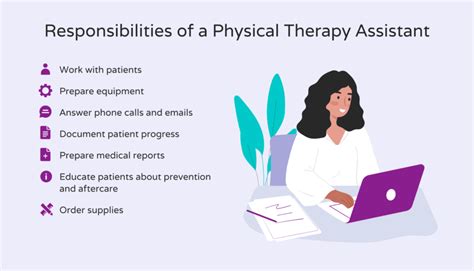
Key Roles and Responsibilities of Physical Therapy Assistants
Physical therapy assistants have a range of roles and responsibilities, including:
Assisting Physical Therapists with Patient Care
PTAs work closely with physical therapists to provide patient care. They assist with the implementation of treatment plans, helping patients to perform exercises and activities designed to improve their mobility, strength, and flexibility. PTAs also provide support with patient education, teaching patients how to use assistive devices, such as walkers and canes, and how to perform exercises at home.
Conducting Therapeutic Exercises and Activities
PTAs conduct therapeutic exercises and activities with patients, helping them to improve their range of motion, strength, and flexibility. They also assist with the use of modalities, such as heat, cold, and electrical stimulation, to help patients manage pain and inflammation.
Providing Support with Patient Education
PTAs play a vital role in patient education, teaching patients how to use assistive devices, perform exercises at home, and manage their condition. They also provide support with patient safety, helping patients to avoid injuries and complications.
Assisting with Administrative Tasks
PTAs often assist with administrative tasks, such as scheduling appointments, maintaining patient records, and communicating with healthcare providers. They may also be responsible for ordering supplies and equipment, and maintaining a clean and safe working environment.
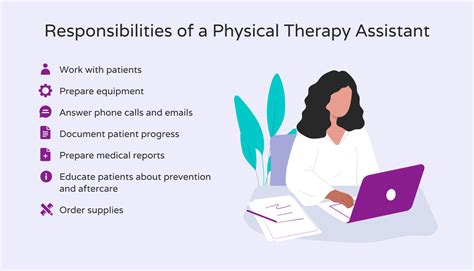
Skills and Qualities Required to be a Physical Therapy Assistant
To be a successful physical therapy assistant, an individual must possess a range of skills and qualities, including:
Strong Communication Skills
PTAs must have strong communication skills, both verbal and non-verbal. They must be able to communicate effectively with patients, physical therapists, and other healthcare providers.
Compassion and Empathy
PTAs must be compassionate and empathetic, providing emotional support to patients who may be experiencing pain, anxiety, or stress.
Physical Stamina
PTAs must have physical stamina, as they may be required to lift, transfer, and move patients. They must also be able to stand for long periods, walk, and engage in physical activities.
Attention to Detail
PTAs must have attention to detail, ensuring that patients receive accurate and effective care. They must also be able to maintain accurate patient records and communicate effectively with healthcare providers.
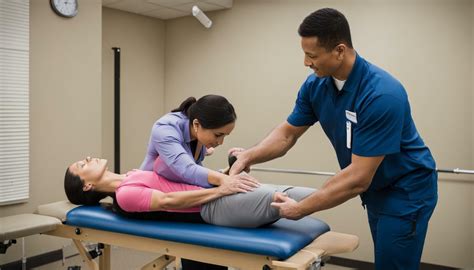
Education and Training Requirements for Physical Therapy Assistants
To become a physical therapy assistant, an individual must complete an associate's degree program in physical therapy assisting. These programs typically take two years to complete and include both classroom and clinical training.
PTAs must also obtain certification, which requires passing the National Physical Therapy Examination (NPTE) for physical therapist assistants. Certification demonstrates that a PTA has the knowledge, skills, and abilities required to provide high-quality patient care.
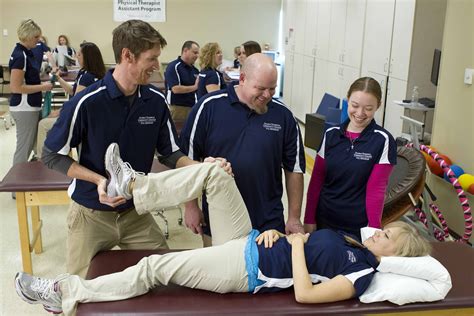
Gallery of Physical Therapy Assistants at Work
Physical Therapy Assistants at Work Image Gallery
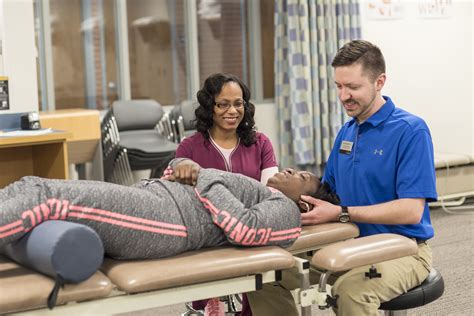

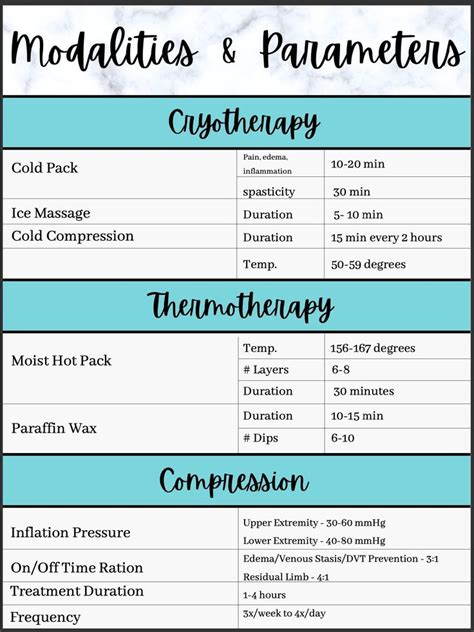




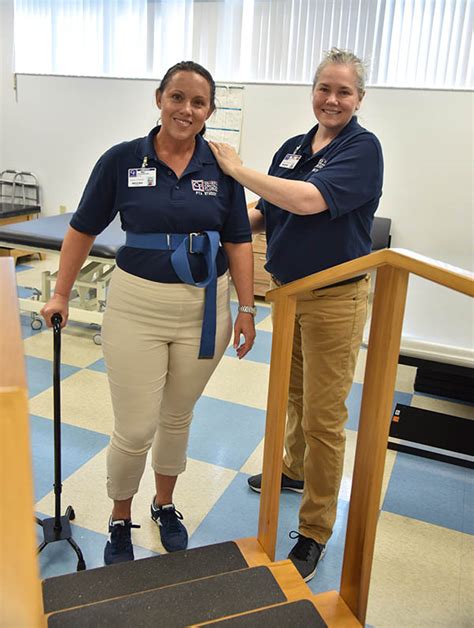


Conclusion
Physical therapy assistants play a vital role in the healthcare system, providing high-quality patient care and supporting physical therapists in their work. To become a successful PTA, an individual must possess a range of skills and qualities, including strong communication skills, compassion, and physical stamina. With the right education and training, PTAs can enjoy a rewarding and challenging career, helping patients to achieve their full potential and improve their overall quality of life.
We hope this article has provided you with a comprehensive understanding of the roles and responsibilities of physical therapy assistants. If you have any questions or comments, please don't hesitate to contact us.
